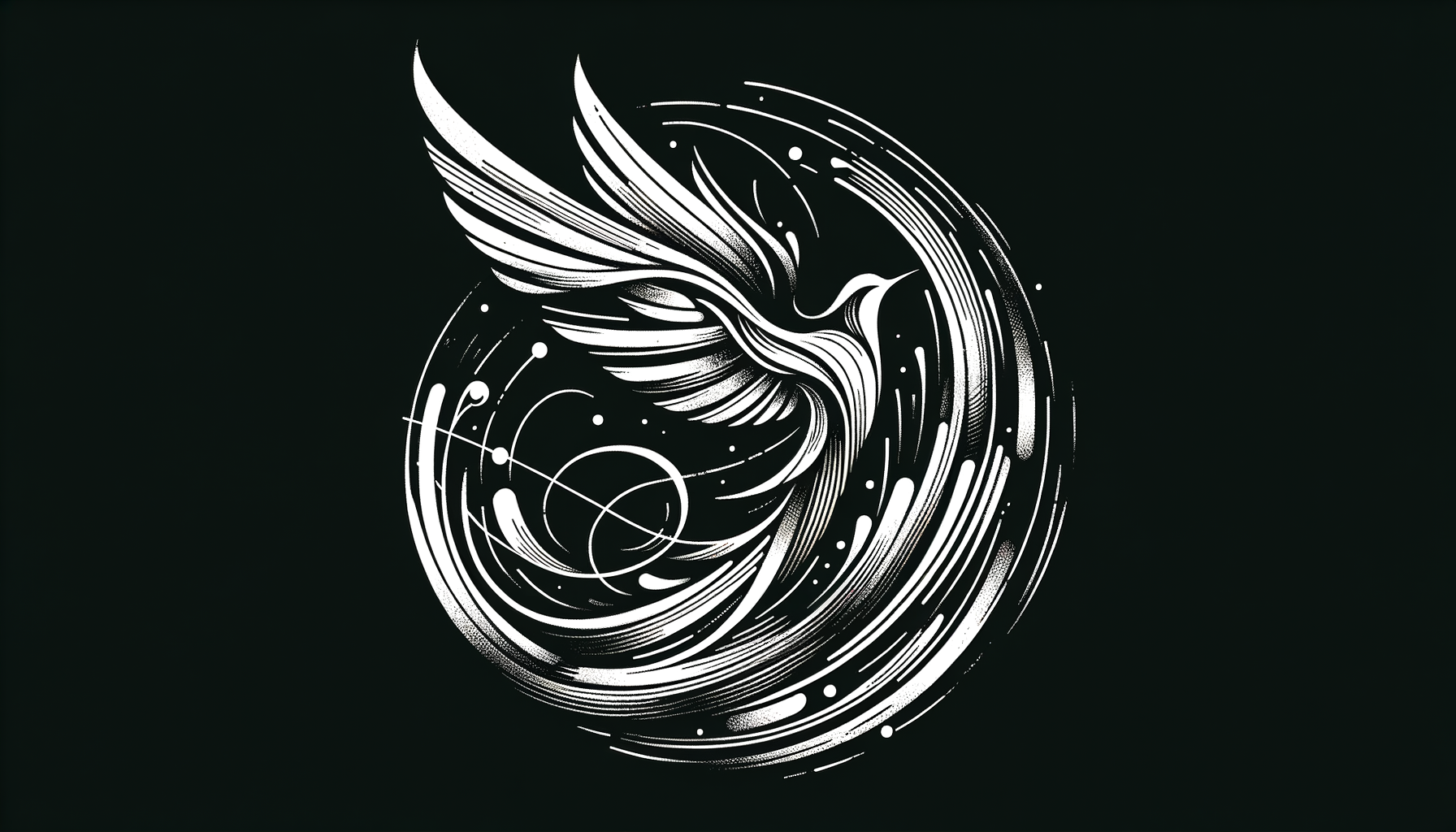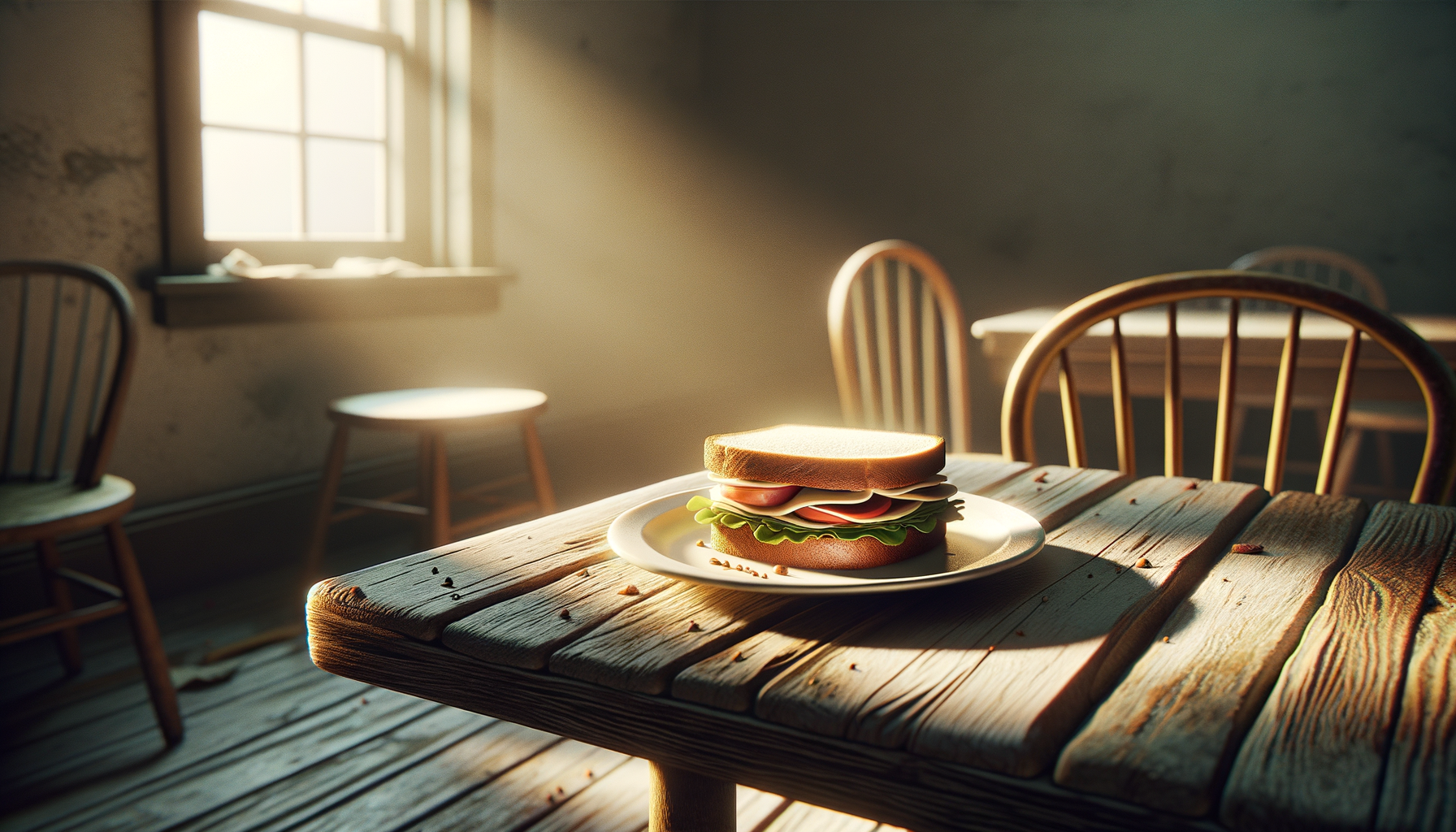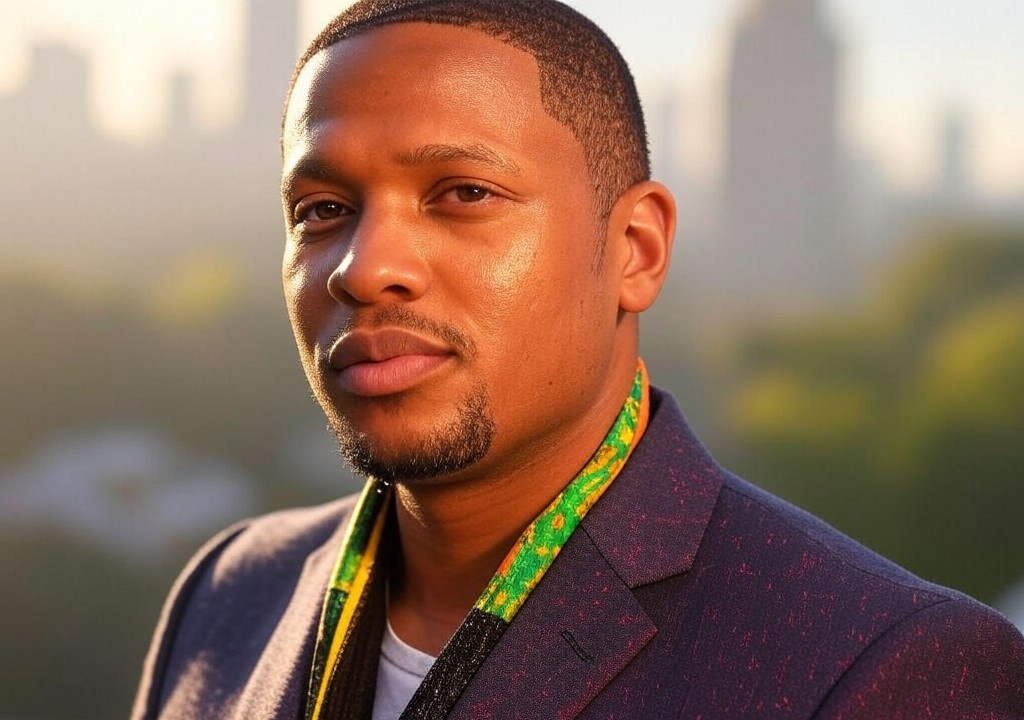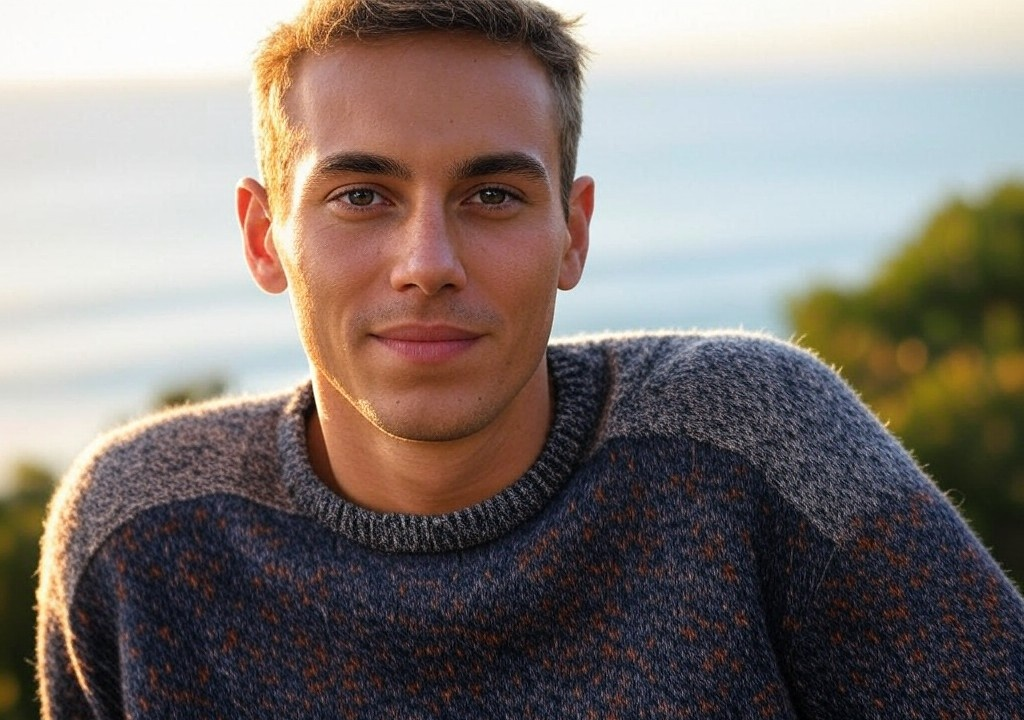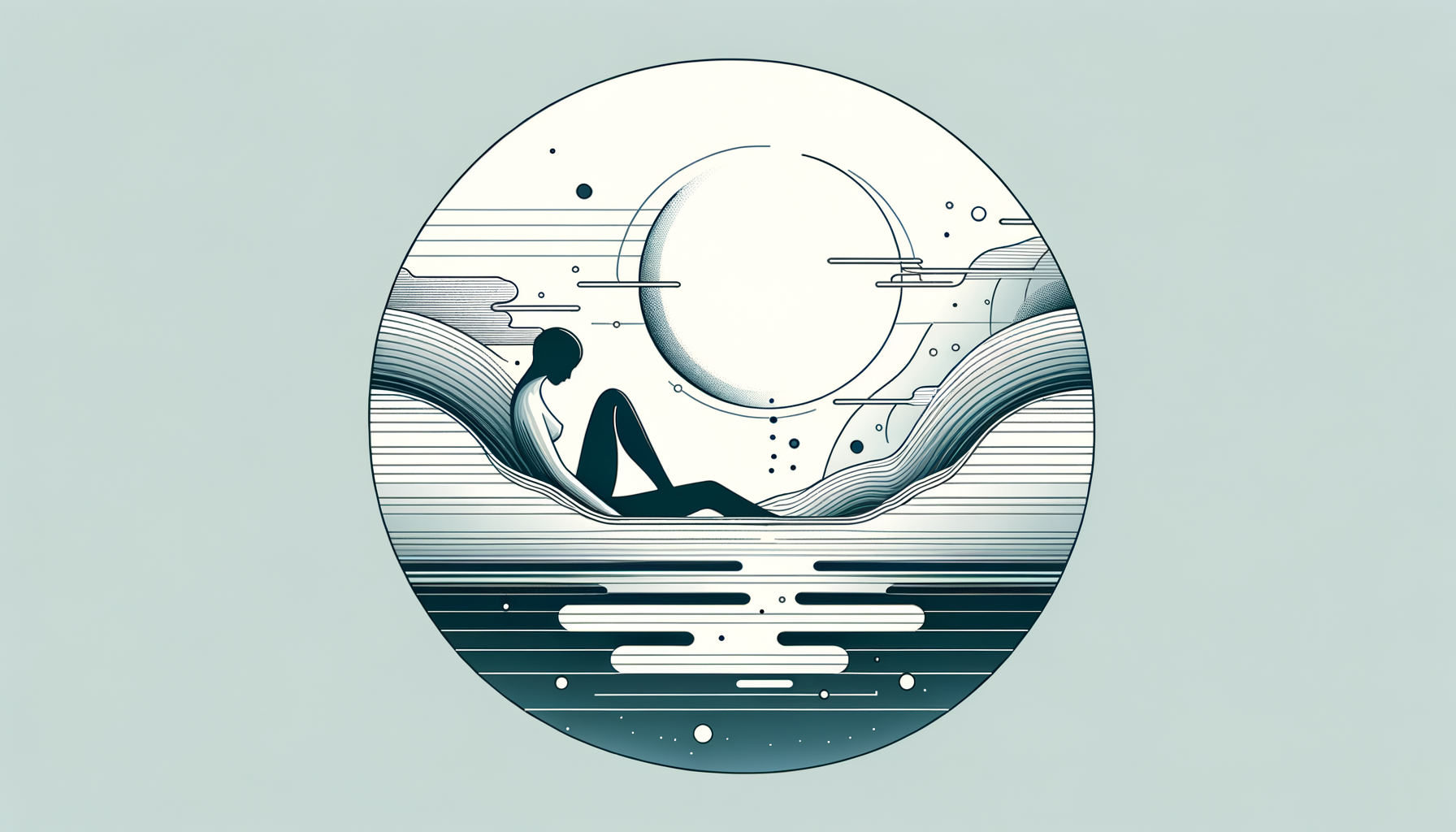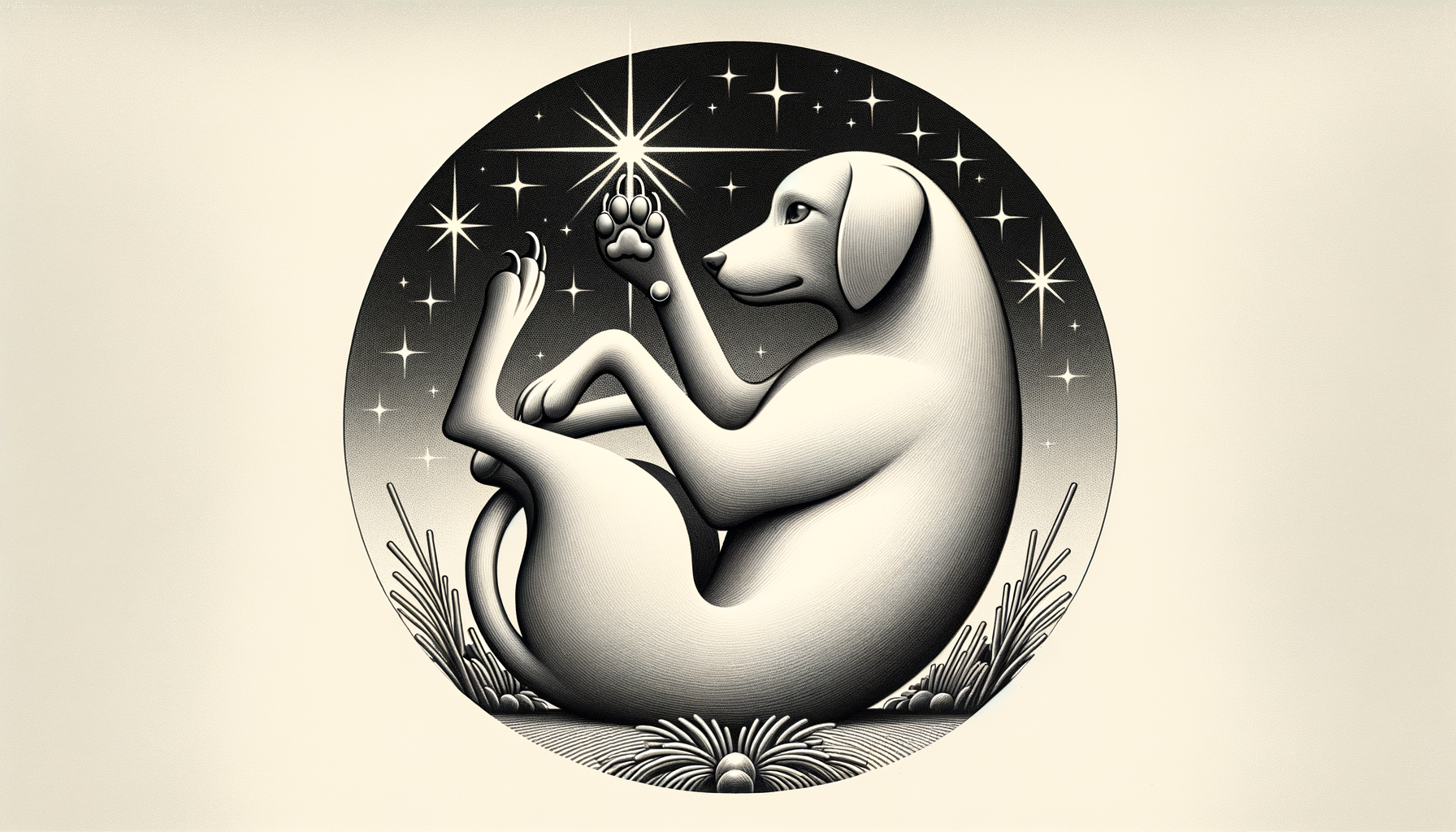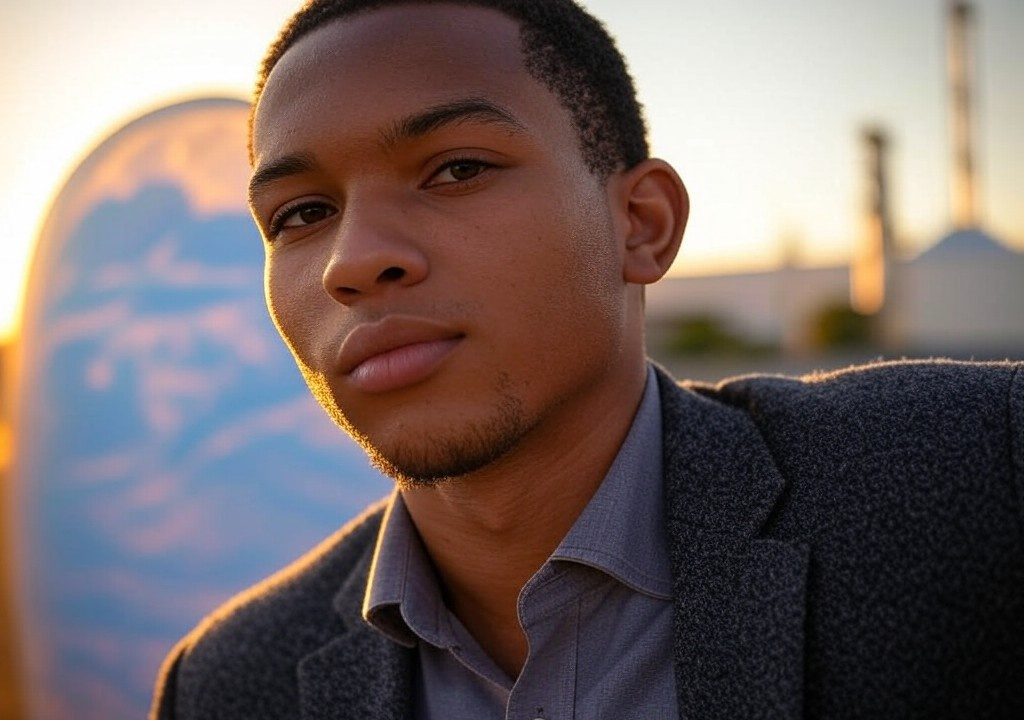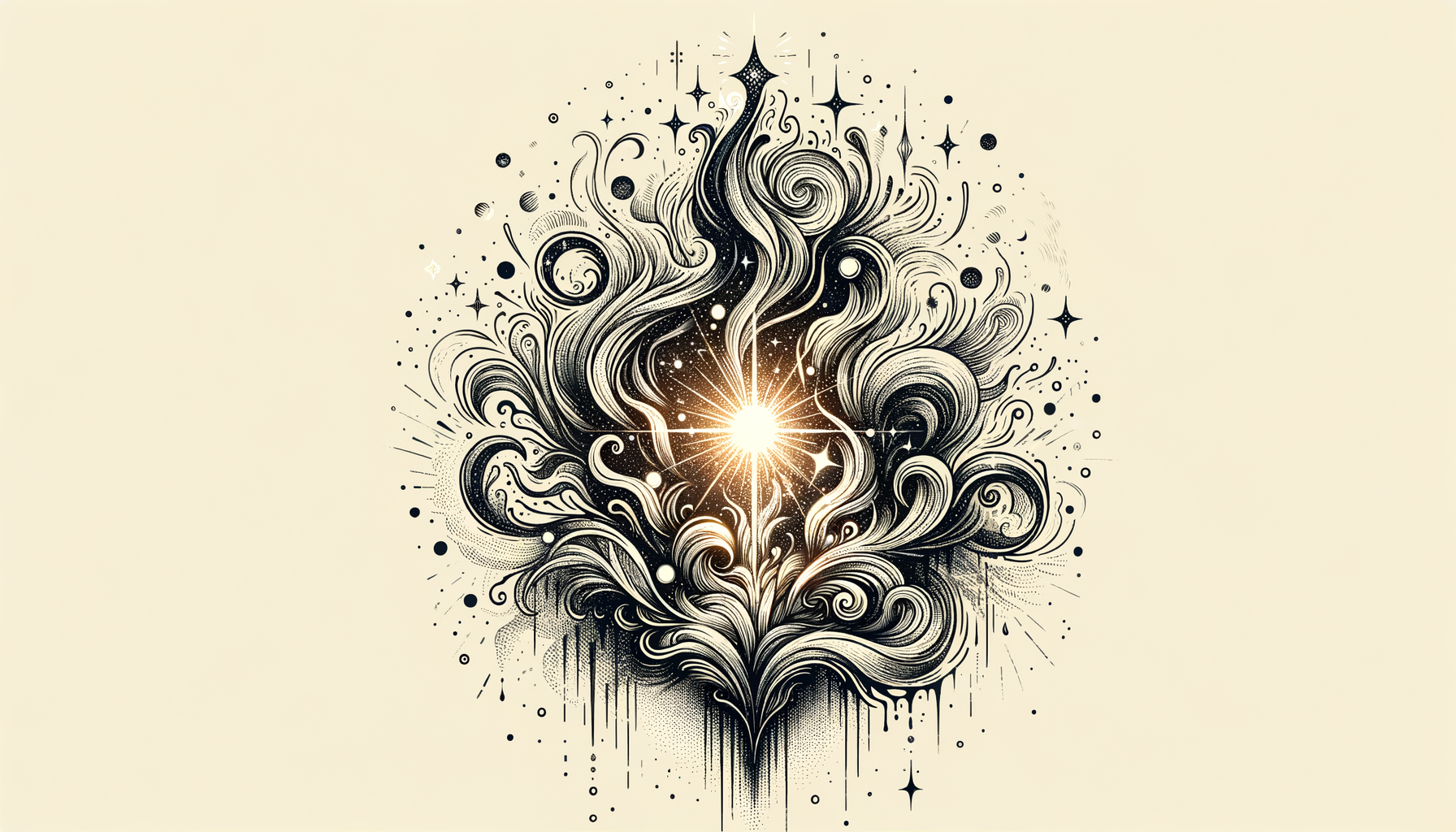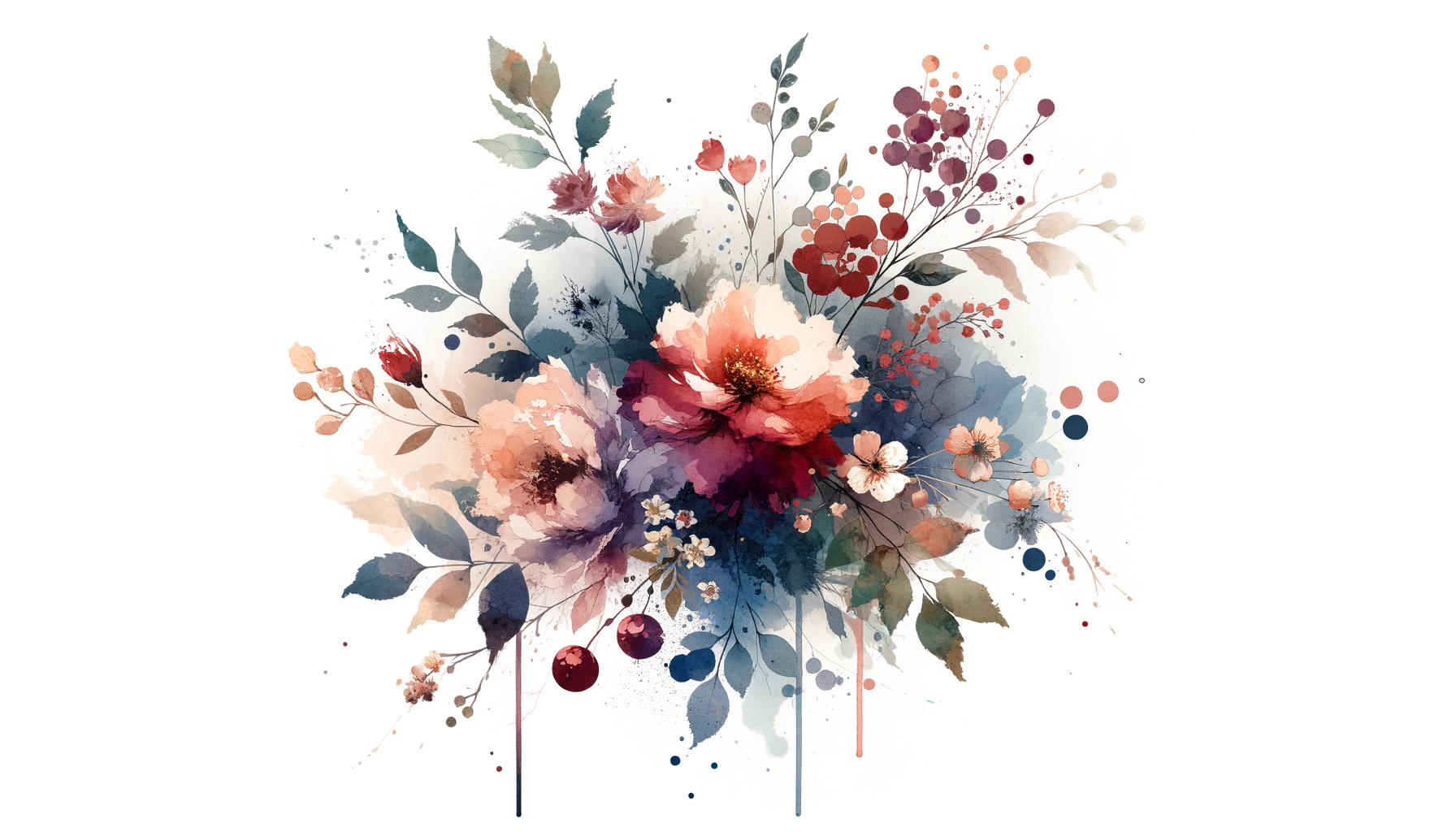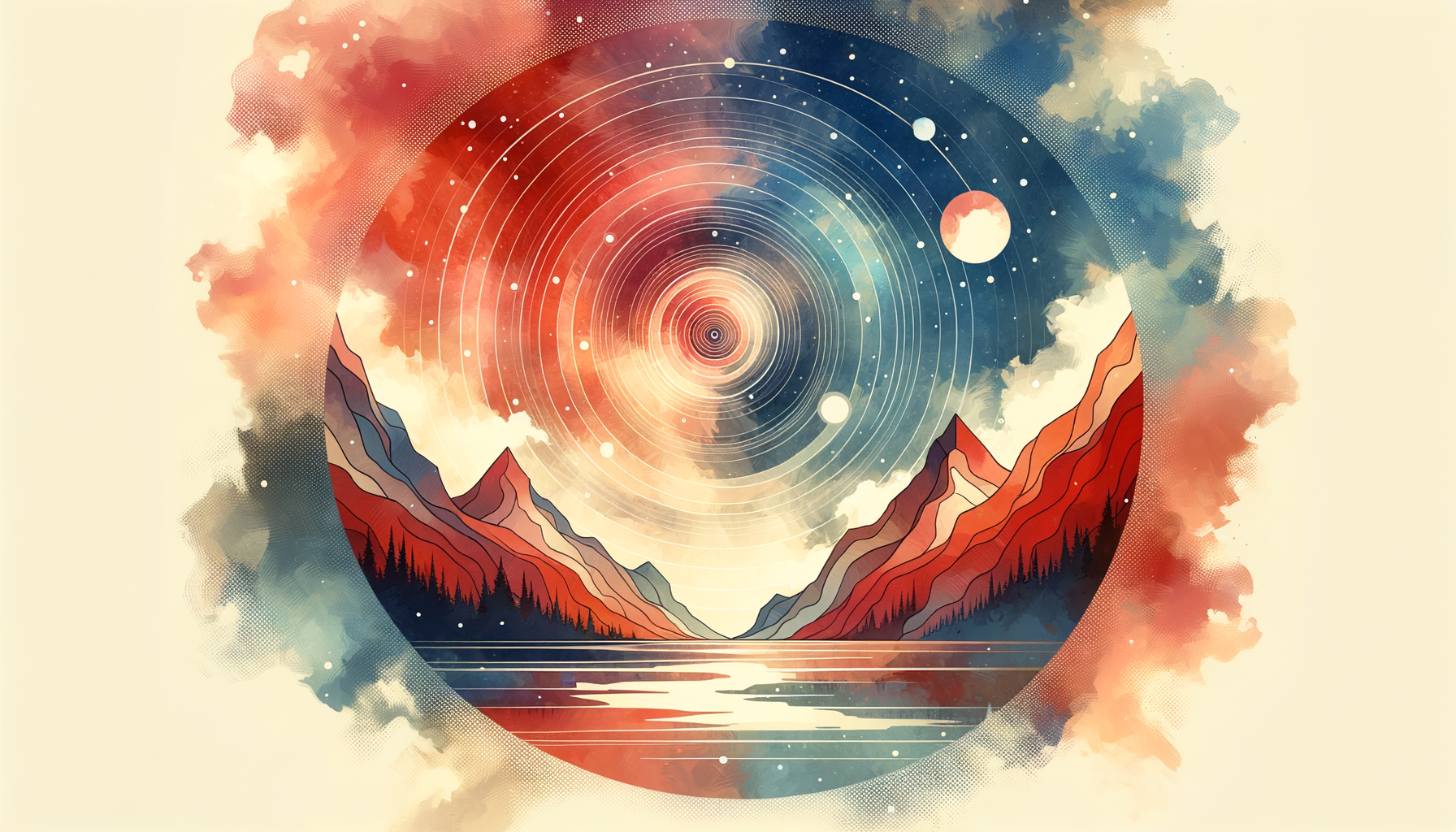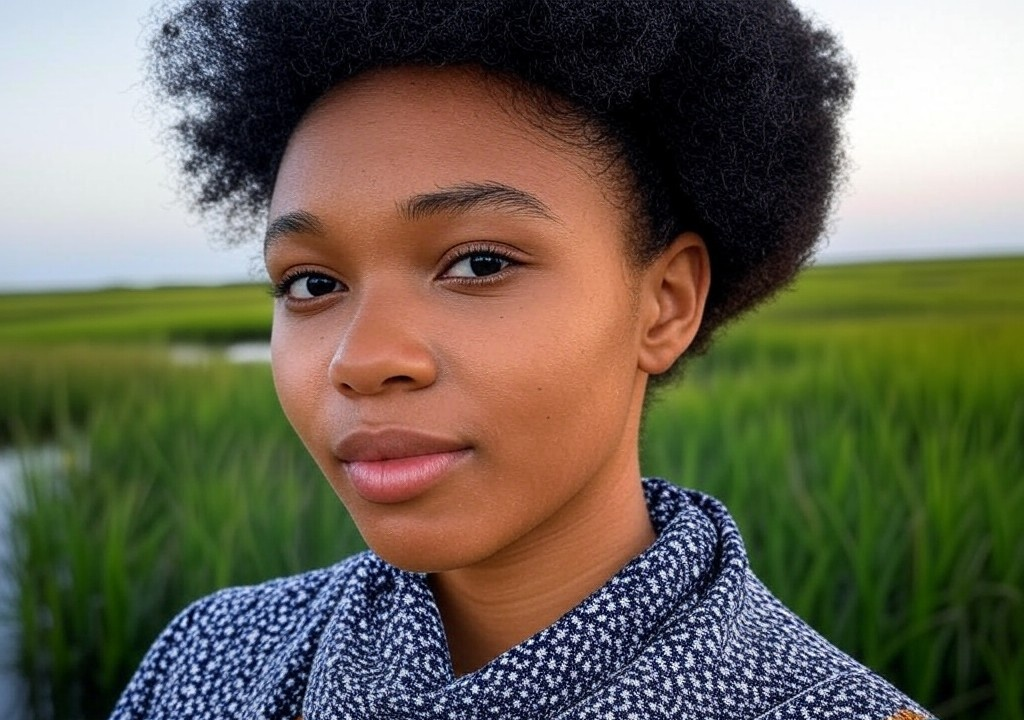There’s a moment when life asks you to stand at the edge of your comfort zone, peek into the unknown, and decide whether to leap or step away. For me, that moment came in the form of a one-way ticket to Costa Rica and a rashly optimistic promise to write eco-travel articles for an up-and-coming conservation nonprofit. At the time, I had exactly one byline to my name (a letter to the editor on banning plastic straws—thrilling stuff, I know) and a head full of Jane Goodall-level fantasies about “blending activism with storytelling.”
My parents were supportive in a way only Californians who’d already weathered your tedious vegan phase could be: gently skeptical. My mom even packed me a mini tidepool guidebook, which felt oddly condescending given that our kitchen calendar had featured barnacle facts for three years straight. Still, their subdued encouragement gave me enough courage to stash my surfboard and duffel bag on the plane and step into what can only be described as my greatest risk—and, spoiler alert, my greatest reward.
Pressing the “Reset” Button on Safe
When I arrived in Costa Rica, it was immediately apparent that my sunny La Jolla life had done little to prepare me for the sticky, bug-filled mess that is the rainforest. My first night, I shared my bedroom with a beetle the size of a Fun-Size Snickers. The Wi-Fi signal was about as reliable as a flaky Tinder date. And of course, somewhere in the space between arriving on a borrowed budget and grocery shopping for the week, it dawned on me: I had no backup plan.
Honestly, that was part of the charm. Life in La Jolla had always felt as predictable as the tide tables we kept pinned by the fridge. But Costa Rica? That was a rip current—wild, unpredictable, and demanding your full attention. There, I learned to savor the wild energy of uncertainty. Sunrise brought humid hikes to snap photos of scarlet macaws; sunset paid me back with moments of connection over small, imperfect stories I sent to an editor who still hadn't told me I was on payroll.
Looking back, I realize that taking that leap wasn’t just about leaving the safety of routine. It was about leaving behind the arbitrary limits I’d set for myself: The idea that I had to follow a clearly marked map to success, work within tidy lines, and only attempt things I could “handle.”
The “What Have I Done?” Phase
Risks, no matter how Instagrammable they look later, have a habit of throwing you directly into chaos before they offer insight. I had what I now call my “jungle melt-down” two weeks in. Picture this: me, sweating buckets, mosquito-bitten like a tragic rom-com heroine, and letting the phrase, “I AM A FAILURE” loop in my brain.
Here’s the thing no one tells you—a leap will likely feel more like free-fall before you catch your footing. Big risks bring big emotional roller coasters. There were days I questioned why I’d left the comfort of my coastal bubble for this. I cried, ate too many plantains, and briefly entertained the thought of cashing out the $43 in my savings account for an emergency flight home. But slowly—between the meaningful conversations with locals, the joy of spotting howler monkeys during sunrise, and little victories like pitching a story that didn’t read like it was written by a caffeinated parrot—I built stability within the uncertainty.
A Risk Worth Taking
Over three months, I found my rhythm. I woke earlier, wrote braver, and smiled often. My writing began to click. Those articles started landing on eco-travel blogs, and with them came a kind of confidence I’d never known before. Confidence that didn’t depend on a diploma, my zip code, or the approval of anyone back home. For the first time, I took ownership of my voice—not as someone’s cautious intern but as someone with her own perspective to share.
And while Costa Rica gave me a career and countless stories, it also reminded me of what happens when you risk stepping away from the “safe route.” You become someone who knows that even if the net doesn’t appear—not right away—you can keep climbing. The doing, after all, is what counts.
Tips for Your Own Leap of Faith
Okay, so maybe you’re not about to leave your 9-to-5 for macaws and humidity—but risks don’t have to be life-altering to matter. Any time you choose uncertainty, you’re already brave. Here’s what I learned along the way that might just help you leap—even if yours doesn't involve jungle insects:
-
Check In with Your Why: Are you taking that risk because it excites you or because you think you should? For me, Costa Rica was tugging at me; my risk felt like a fuller version of myself waiting on the other side, not a checkbox to impress people.
-
Be Less “Practical” for a Minute: Practicality has its limits. Sometimes we sideline our dreams by being too focused on how they’re supposed to happen. It’s more valuable to focus on why they matter—then work backward.
-
Prepare to Get Uncomfortable: Spoiler: big risks don’t come with built-in creature comforts or cheat codes. But your capacity to deal with that discomfort? That’s what makes you, and your journey, resilient.
-
Celebrate the Small Wins: The big win looks (and feels!) amazing at the finish line, but let’s normalize cheering when the little things go well, too. I still remember how accomplished I felt sending out my first polished pitch.
-
Remember—It’s ALL Recyclable: No experience, no risk, no mistake is wasted. Whether your big leap flops forward or gracefully wings into success, you’ll carry lessons sharper than any you’d find staying in "safe mode."
Finding Trust in Wings You Didn’t Know You Had
When I came back to La Jolla after my Costa Rican adventure, I couldn’t unsee the unexpected rewards of taking my greatest risk. There’s nothing wrong with comfort—I still love cozy coffee dates and familiar strolls along my childhood beaches—but I learned that stepping outside of what feels predictable opens you to something even greater: growth.
So, if you’re standing on the edge of your own decision—wondering if this is something you can really do—remember this: any leap of faith is less about where you land and more about the faith it takes to try in the first place.



